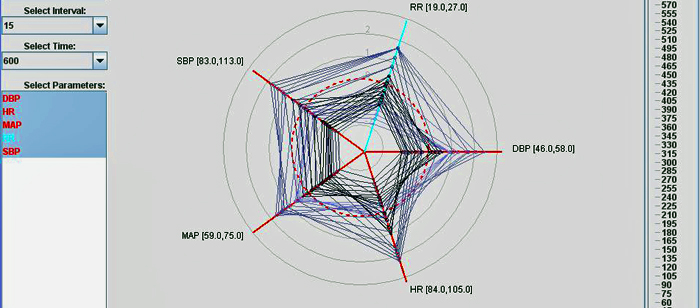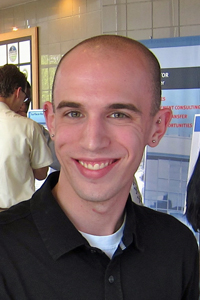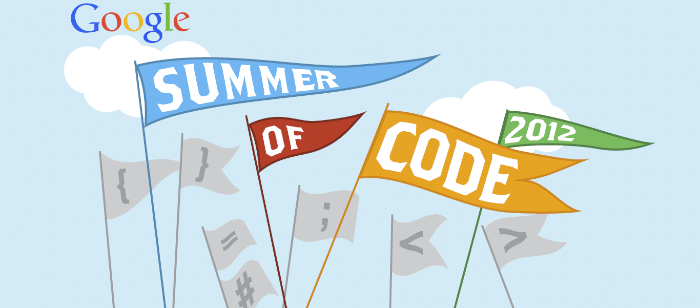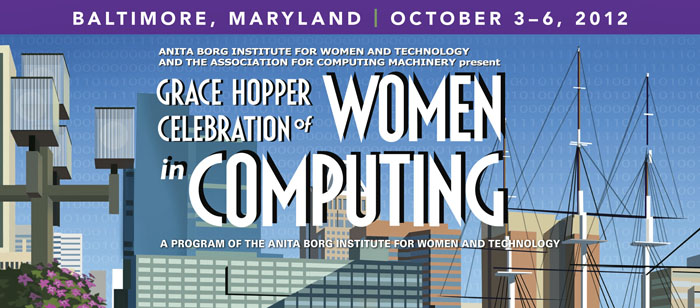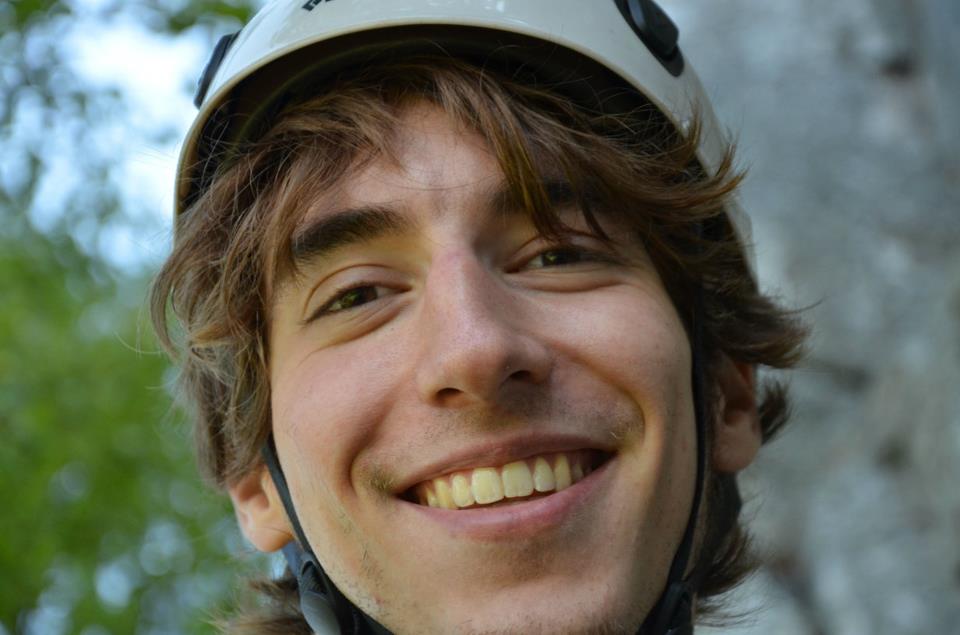
EE Graduate Seminar
Spectrum Wars: LightSquared vs. GPS
Professor Chuck LaBerge
Professor of the Practice, CSEE Dept/UMBC
11:30am-12:45pm Friday, 2 March 2012, ITE 231
The radio-frequency spectrum is a limited resource. Within the US, commercial use of the spectrum is administered by the Federal Communications Commission (FCC), while government use of the spectrum is administered by the National Telecommunications and Information Administration. Currently, the regulatory community is locked in a battle about spectrum utilization in the vicinity of 1.5 GHz. This struggle pits millions of users of GPS technology for position and time information against technical innovators desiring to bring 4G wireless communications to millions of users in underserved populations. So who wins the spectrum wars?
The talk will outline the technologies involved, and provide a time-line of the regulatory actions to date. There are some innovative things going on here, and some simple analysis will show why there are points of contention. A final resolution cannot be provided at this time, because the issue is currently an open discussion in FCC. And, as might expected, there are financial and political ramifications as well.
This talk will provide an interesting insight into how the 'real world' works.
Dr. LaBerge is Professor of the Practice of Electrical and Computer Engineering in the CSEE at UMBC, where he teaches a wide variety of courses ranging from Introductory Circuits to Error Correcting Codes. From 1975-2008, he was employed by Bendix, which became AlliedSignal, which became Honeywell through a series of corporate mergers. He retired in July 2008 as the Senior Fellow for Communications, Navigation, and Surveillance in Honeywell's Aerospace Research and Technology Center.
Dr. LaBerge has worked on precision landing systems and a wide variety of aeronautical radios and applications. He's recognized as an expert in issues involving interference to aeronautical systems. His technical, writing, and editorial contributions have received numerous citations from regulatory bodies, and he was the winner of the Best Paper of Conference at the 2000 IEEE/AIAA Digital Avionics Systems Conference.
Dr. LaBerge is a Senior Member of IEEE, a member of Tau Beta Pi, and an inductee in the Order of the Engineer. He received his BES-EE and MSE-EE, degrees, both with Honors, from The Johns Hopkins University and the PhD. in Electrical Engineering from UMBC. His three kids are older than his students. He's been married to his patient wife for almost 38 years.
Host: Prof. Joel M. Morris
